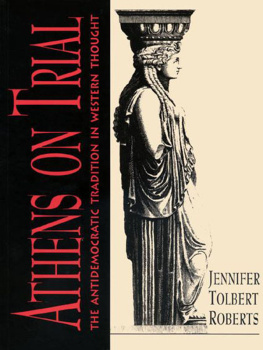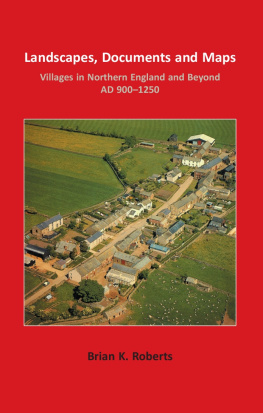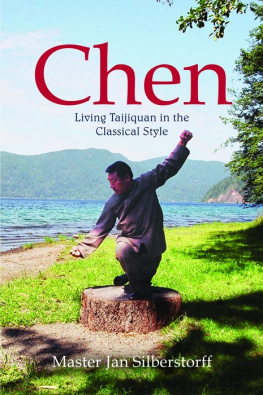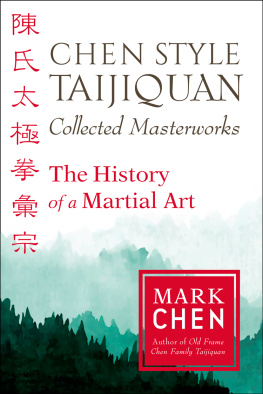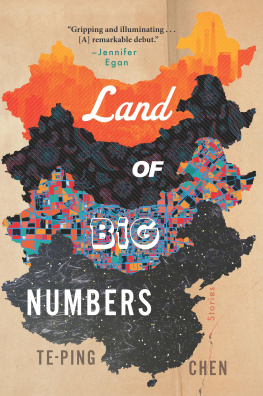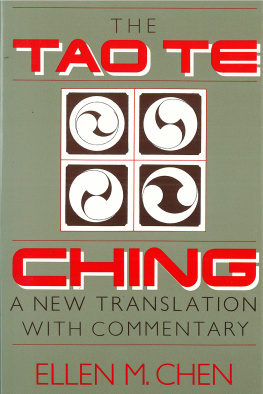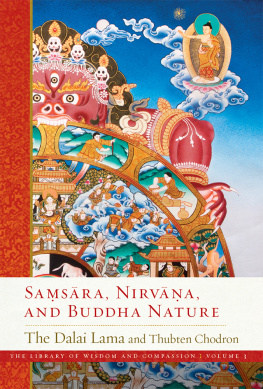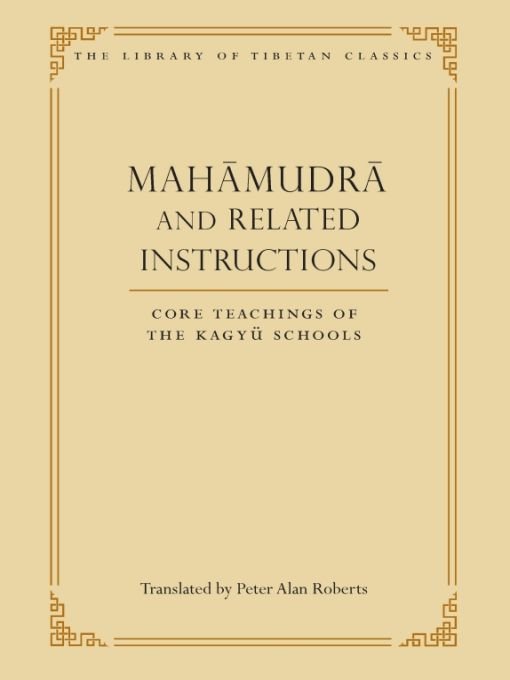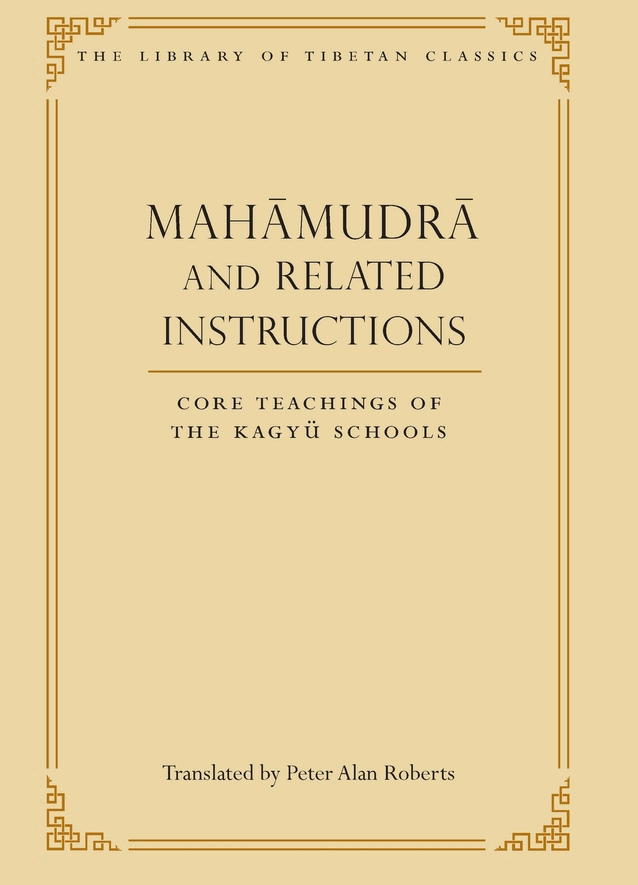Table of Contents
The Library of Tibetan Classics is a special series being developed by the Institute of Tibetan Classics aimed at making key classical Tibetan texts part of the global literary and intellectual heritage. Eventually comprising thirty-two large volumes, the collection will contain over two hundred distinct texts by more than a hundred of the best-known authors. These texts have been selected in consultation with the preeminent lineage holders of all the schools and other senior Tibetan scholars to represent the Tibetan literary tradition as a whole. The works included in the series span more than a millennium and cover the vast expanse of classical Tibetan knowledgefrom the core teachings of the specific schools to such diverse fields as ethics, philosophy, linguistics, medicine, astronomy and astrology, folklore, and historiography.
Mahmudr and Related Instructions: Core Teachings of the Kagy Schools
Compiled by Khenchen Thrangu Rinpoche
The Kag y tradition began in Tibet in the eleventh century and developed into numerous lineages. Their characteristic teachings are the mahmudr tradition of stability and insight meditation and the six Dharmas of Nropa. Khenchen Thrangu Rinpoche, the principal scholar of the Karma Kagy school, chose the eleven texts for this volume. The selection consists of a twelfth-century compilation of lectures by Gampopa, the founder of the Kagy monastic tradition; an eleventh-century mahmudr text by Lama Shang and a thirteenth-century text on the mahmudr and its preliminaries by Shnu Lha, both of the Tsalpa Kagy; a collection of four thirteenth-century texts, principally by Sherap Jungn, representing the viewpoints of the founder of the Drigung Kagy; two short fourteenth-century texts on mahmudr by the Third Karmapa of the Karma Kagy; a sixteenth-century overview of the tantric tradition by Tashi Namgyal of the Dakpo Kagy; a sixteenth-century text on mahmudr by Tashi Namgyals pupil Pema Karpo, who as the Fourth Drukchen was head of the Drukpa Kagy; a seventeenth-century text on the six Dharmas of Nropa by Shamar Chkyi Wangchuk of the Karma Kagy; a seventeenth-century mahmudr text by Tsel Natsok Rangdrl of the Karma Kagy; and an eighteenth-century commentary on one of the Third Karmapas mahmudr texts by Situ Tenpai Nyinj of the Karma Kagy.
Message from the Dalai Lama
THE LAST TWO millennia witnessed a tremendous proliferation of cultural and literary development in Tibet, the Land of Snows. Moreover, due to the inestimable contributions made by Tibets early spiritual kings, numerous Tibetan translators, and many great Indian paitas over a period of so many centuries, the teachings of the Buddha and the scholastic tradition of ancient Indias Nland monastic university became firmly rooted in Tibet. As evidenced from the historical writings, this flowering of Buddhist tradition in the country brought about the fulfillment of the deep spiritual aspirations of countless sentient beings. In particular, it contributed to the inner peace and tranquility of the peoples of Tibet, Outer Mongoliaa country historically suffused with Tibetan Buddhism and its culturethe Tuva and Kalmuk regions in present-day Russia, the outer regions of mainland China, and the entire trans-Himalayan areas on the southern side, including Bhutan, Sikkim, Ladakh, Kinnaur, and Spiti. Today this tradition of Buddhism has the potential to make significant contributions to the welfare of the entire human family. I have no doubt that, when combined with the methods and insights of modern science, the Tibetan Buddhist cultural heritage and knowledge will help foster a more enlightened and compassionate human society, a humanity that is at peace with itself, with fellow sentient beings, and with the natural world at large.
It is for this reason I am delighted that the Institute of Tibetan Classics in Montreal, Canada, is compiling a thirty-two-volume series containing the works of many great Tibetan teachers, philosophers, scholars, and practitioners representing all major Tibetan schools and traditions. These important writings will be critically edited and annotated and will then be published in modern book format in a reference collection called The Library of Tibetan Classics, with their translations into other major languages to follow later. While expressing my heartfelt commendation for this noble project, I pray and hope that The Library of Tibetan Classics will not only make these important Tibetan treatises accessible to scholars of Tibetan studies, but will create a new opportunity for younger Tibetans to study and take interest in their own rich and profound culture. Through translations into other languages, it is my sincere hope that millions of fellow citizens of the wider human family will also be able to share in the joy of engaging with Tibets classical literary heritage, textual riches that have been such a great source of joy and inspiration to me personally for so long.

The Dalai Lama
The Buddhist monk Tenzin Gyatso
Special Acknowledgments
THE INSTITUTE OF TIBETAN CLASSICS expresses its deep gratitude to the Tsadra Foundation for most generously providing the entire funding for this translation project. This is first of the ten volumes being sponsored by Tsadra Foundation from The Library of Tibetan Classics.
We also acknowledge the Hershey Family Foundation for its generous support of the Institute of Tibetan Classics projects of compiling, editing, translating, and disseminating key classical Tibetan texts through the creation of The Library of Tibetan Classics.
Publishers Acknowledgments
WISDOM PUBLICATIONS and THE INSTITUTE OF TIBETAN CLASSICS would like to express their deep appreciation to the Ing Foundation and Ms. Nita Ing for their generous grant toward the publication costs of this volume, and to Drs. Mordehai and Hanna Wosk and family for underwriting the printing and distribution of significant copies of the volume to be offered to various Tibetan institutions and community associations across the world, as well as to selected university libraries in Canada and the United States.
The Publisher also wishes to extend a heartfelt thanks to the following people, who by subscribing to The Library of Tibetan Classics have become benefactors of this entire translation series: Tenzin Dorjee, Rick Meeker Hayman, Steven D. Hearst, Heidi Kaiter, Arnold Possick, the Randall-Gonzales Family Foundation, Jonathan and Diana Rose, the Tibetisches Zentrum e.V. Hamburg, Claudia Wellnitz, Robert White, and Eva and Jeff Wild.
Foreword
by Khenchen Thrangu Rinpoche
FOR THIS VOLUME, I have selected key classical Tibetan texts from the Kagy tradition to present the traditions core teachings. Today, I am happy to see this special anthology of Dakpo Kagy texts published in English translation as part of The Library of Tibetan Classics, a series envisioned by Thupten Jinpa, the principal English translator to His Holiness the Fourteenth Dalai Lama. These teachings are intended to create experiences and realizations in the mind. They contain two kinds of instructions: those that engage with the essential points of the body and those that engage with the essential points of the mind.





